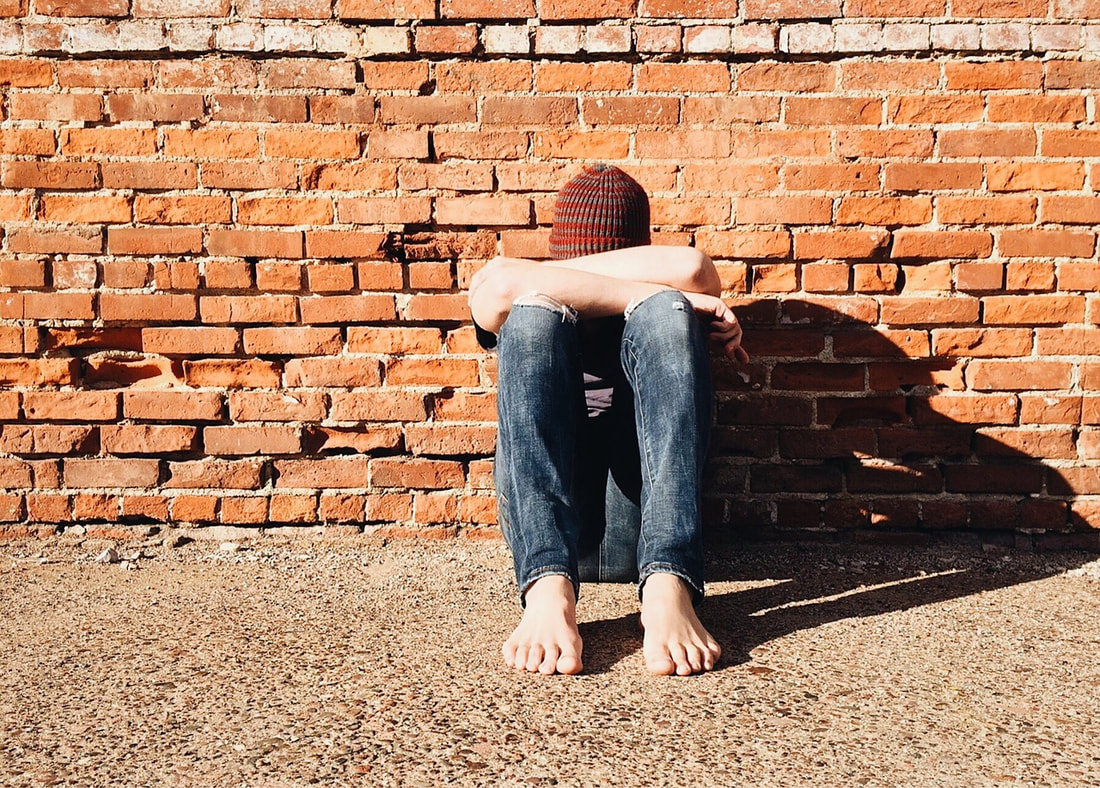U.S. College Students Quietly Cry out for Affordable TherapyThanks to smartphones, social media, and ever-present technology, young adults are spiraling into a mental health crisis without attainable tools needed to help them.
*This page may include affiliate links; that means I earn from qualifying purchases of products.
There are defining moments in every generation, whether it be war, civil rights, or innovation that has changed the course of society. Usually, these things force people to wake up and pay attention, however, for Gen Z and Millennials, perhaps the most impactful has been social media, which is not waking people up but instead distracting them from everyday life and impacting their emotional and mental stability. Yet they can’t get enough of it. Behind the veil of these social media mediums, young adults are spiraling into a mental health crisis without attainable tools needed to help them.
What began with one site, Myspace for the Millennial generation quickly grew beyond people’s imaginations with tech giants entering the field leaving everyone's brains with multiple tabs open, drawn into what has become an alternate reality and point of obsession for this generation. It isn’t surprising that almost 80% of 18 to 24-year-olds use Snapchat, and 71% use Instagram. With increased usage, Gen Z and Millenials are not seeing the happiness they are glorifying in their postings each day. Are You a Therapist, Coach, or Wellness Entrepreneur?
Grab Our Free eBook to Learn How to
|
Terms, Privacy & Affiliate Disclosure | Contact | FAQs
* The Berkeley Well-Being Institute. LLC is not affiliated with UC Berkeley.
Copyright © 2024, The Berkeley Well-Being Institute, LLC
* The Berkeley Well-Being Institute. LLC is not affiliated with UC Berkeley.
Copyright © 2024, The Berkeley Well-Being Institute, LLC


